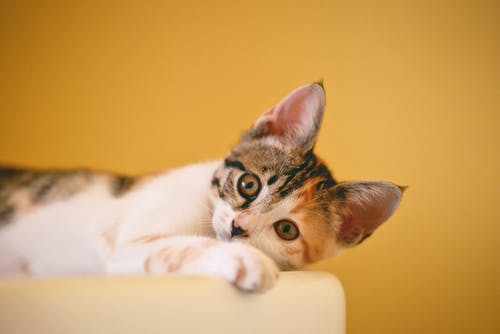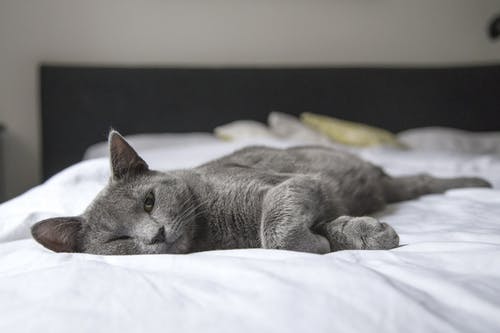Reptiles are a highly diverse group of animals, including snakes, turtles, and lizards. Reptiles can live a long life and grow extremely large depending on the species. Each species has unique housing and nutrition requirements and safe handling practices.
If your reptile requires water, use a water conditioner to eliminate chlorine and other potentially harmful substances from your tap water. Do your homework before deciding to add a species to your family. Make sure you’re ready to commit and can meet your reptile’s demands.
To ensure that you have all you need to keep your exotic pet healthy, see a skilled veterinarian specializing in exotics. Special animals have unique requirements for a long and happy existence. Reptiles, for example, have specific environmental conditions such as heating and lighting.
Environmental Requirements of Reptiles
The confined habitat of a reptile must be carefully considered. The sort of habitat it requires will be determined by the animal’s size, how it lives in the wild, and how it obtains water. The confined habitat must mimic the reptile’s natural environment.
Temperature
Ectothermic means that reptiles adjust their body temperature using the temperature of their surroundings. As a result, maintaining an adequate ambient temperature range within their cage is critical. Thermometers should be used to monitor this, and a thermostat should be used to manage it.
It is reasonable to create a temperature gradient within the enclosure for most species. Maintain one end of the cage at the warmer end of their preferred ambient temperature range and the other at the colder end of the content. This permits the reptile to roam freely between the zones.
Heat lamps, mats, and heated wires can offer warmth but must be installed carefully to minimize direct contact to avoid burns. This can be accomplished by putting a barrier around the heat source or moving it out of the animal’s reach. Visit a vet for more details on veterinary laser therapy.
Humidity
Humidity refers to the proportion of moisture in the air within the enclosure. The humidity requirement of the environment changes according to the moisture of the species’ native habitat. A species that lives in the rainforest, for example, requires significantly more humidity than a species that lives in the desert.
Change the amount and position of the water supply to encourage or discourage evaporation, and sprinkle the enclosure with a water spray to maintain proper humidity. Different substrates are better at trapping moisture than others, which may be utilized to control humidity. Dehydration, scale rot, trapped shed, and respiratory sickness can all be caused by insufficient water. Visit an exotic bird vet for more details.
Lighting
Lighting needs differ by species in the same manner as temperature and humidity. Consider if your chosen species are nocturnal (active at night), diurnal (active throughout the day), or crepuscular (active at all times of the day) (active at dawn and dusk). Also, consider if they spend time soaking up the sun and how long the days are in their native environment.
In addition to providing visible light, the species’ UVA and UVB light needs must be considered. A UV light source must be supplied, and the levels within the cage should be measured with a UV meter.
UV exposure is affected by the lamp’s UV intensity and the distance between the light and the reptile. UV light deficiency can cause serious health problems, including metabolic bone disease (MBD). If left untreated, this might result in bone fractures, weakness, and abnormalities. Look up “Pet Teeth Cleaning” for the best results.





